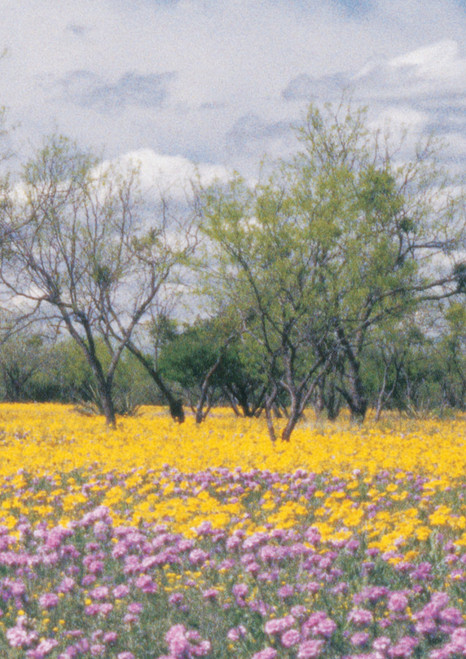Ecosystem in a Bag of 36 native grass & wildflower species. Aid for Rebuilding Stream Bank Buffer Zones.
Texas alone is home to more than 3,700-streams & 15 major rivers. Totaling 191,000-miles, riparian areas are essential in storing and protecting water quality, preventing erosion, and providing nutrients and habitat for fish, fireflies and wildlife. Our actions can sustain healthy, vibrant natural riparian areas for all to enjoy now and in the future.
Often, the best thing you can do for stream banks is leave them alone. Heavy equipment compacts soil, making recovery difficult. Cleared, manicured turf lawns are extremely low stabilizer plant communities offering little soil protection or water filtration. After flooding, leave downed trees and drift in place where practical.
Native, deep-rooted, diverse plant communtities work together with big dead wood, limbs and debris to help dissipate floodwater energy, filter and trap sediment, and stabilize soil and plant recovery. Regeneration can occur naturally in riparian areas especially where there are existing healthy uplands in place. Download a free Managing Riparian Areas Booklet at RemarkableRiparian.org
Another great resource is the Hill Country Alliance - Riparian Management
Plants are not equal in providing stability, native plants make riparian areas function. Stability Ratings (see brown circles on left with SR number) according to ability to withstand erosive forces of water.
1 = bare ground
10 = anchored rock
6-7 minimum necessary for adequate bank stability. Stability rating of individual plants is multiplied when in interconnected colonies.
- ALKALI SACATON
- BIG BLUESTEM
- BLACK-EYED SUSAN
- BROOMSEDGE BLUESTEM
- CANADA GOLDENROD
- CANE BLUESTEM
- CARDINAL FLOWER
- CLASPING CONEFLOWER
- EASTERN GAMAGRASS
- FLORIDA PASPALUM
- FROSTWEED
- GREEN SPRANGLETOP
- ILLINOIS BUNDLEFLOWER
- INDIANGRASS
- INLAND SEAOATS
- LEMON MINT
- MARSH ELDER
- MAXIMILIAN SUNFLOWER
- PARTRIDGE PEA
- PINK EVENING PRIMROSE
- PLAINS BRISTLEGRASS
- PLAINS COREOPSIS
- PRAIRIE WILDRYE
- SAND DROPSEED
- SIDEOATS GRAMA
- SLIM TRIDENS
- SWAMP MILKWEED
- SWAMP SUNFLOWER
- SWITCHGRASS
- TALL DROPSEED
- TEXAS BLUEBELLS
- TEXAS CUPGRASS
- VIRGINIA WILDRYE




















